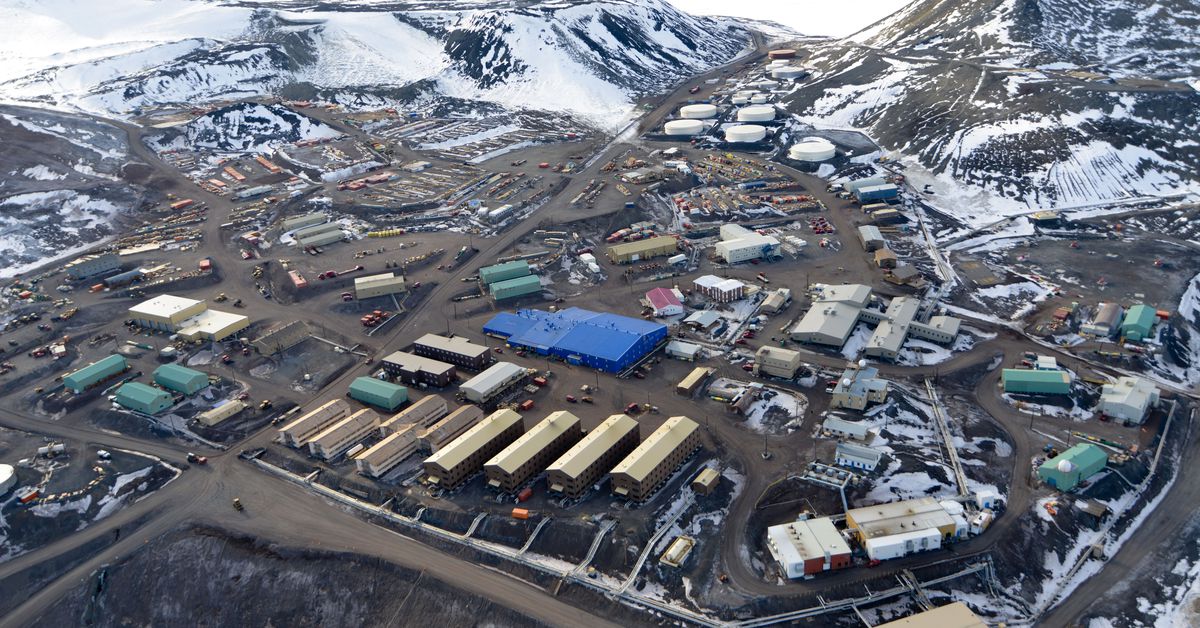On a volcanic rock just off the coastline of Antarctica, McMurdo Station is abuzz with scientific study this time of yr. Operate by the US National Science Foundation, the station sees up to 1,000 site visitors in the Antarctic summer season from October to February, who travel listed here to perform investigate on subject areas ranging from local climate to ocean science.
But irrespective of its central function in Antarctic exploration, McMurdo is lacking some thing most researchers doing the job at 21st-century laboratories consider for granted: large-speed world-wide-web.
McMurdo sits on the only continent that does not have a significant-velocity fiber optic cable connection to the relaxation of the globe. That could before long improve, even so.
Previously this year, the NSF commenced significantly exploring the risk of constructing a fiber optic cable that would travel along the seafloor from Antarctica to neighboring New Zealand or Australia. The strategy was very first raised a very little around a ten years in the past but lost traction as other projects took precedence. If this latest effort and hard work to modernize Antarctica’s online is a achievement, experts say it would rework both equally investigation and each day daily life on the frozen continent.
“It would transform the fundamental expertise of living in Antarctica,” said Peter Neff, glaciologist and assistant analysis professor at the College of Minnesota.
:no_upscale()/cdn.vox-cdn.com/uploads/chorus_asset/file/23037567/Notional_McMurdo_NZ_Cable_Route_Showing_existing_subsea_cables_11_23_2021.jpg)
Currently, researchers doing the job in Antarctica rely on minimal-bandwidth satellites to communicate with the exterior earth. Compared with a common rural domestic, the quantity of bandwidth accessible for every man or woman at McMurdo is restricted, says Patrick Smith, technological innovation development manager at the NSF. Researchers generally have to keep their knowledge on tough drives to physically provide back again property alternatively than exporting it for their colleagues to evaluate in real time. This results in a bottleneck that slows scientific analysis.
In late June, the NSF sponsored a 3-working day workshop that brought collectively US and global researchers to go over the transformative opportunity of a fiber optic cable to Antarctica, like how it will effect research, instruction, and the nicely-currently being of all those who spend time at McMurdo Station. In October, workshop organizers unveiled an substantial report highlighting important details, probable routes, and how the fiber optic cable could be harnessed to acquire extra scientific info in this distant realm.
Members at the conference said each day everyday living and investigation at McMurdo Station would transform in myriad techniques if a fiber optic relationship became out there. Scientists could livestream daily functions in its place of relying on archival recorders, climate forecasting could be improved, satellite pictures could be analyzed in true time, cybersecurity could be advanced, and undertaking participation could be broadened over and above individuals conducting the investigate in the industry.
In addition to examining info more successfully, the actual physical presence of the cable could make it attainable to acquire new kinds of details. For instance, the fibers in the cable could be made use of to acquire seismic info by way of a new procedure identified as “distributed acoustic sensing.” Sensors could be additional to the cable to make ongoing observations of temperature and force in Antarctica’s Southern Ocean, a key site for knowing how speedily weather alter is unfolding. The Southern Ocean is improperly observed, Neff suggests, and as temperatures rise, these constant observations in true time could considerably increase scientists’ knowledge of it.
Outside of the analysis possibilities, faster web would make it easier for station readers to get in contact with their family, their colleagues outside of Antarctica, and the broader public.
“Having that sort of interactivity will allow for persons to envision themselves in that condition and see what that function is like working day to working day,” claims Antarctic filmmaker Ariel Waldman.
In 2018, Waldman traveled to Antarctica for five weeks to movie lifestyle below the ice as a result of NSF’s Antarctica Artist and Writers Program. Waldman stated that having more rapidly internet will make a big big difference for science interaction due to the fact it will permit communicators to interact with people exterior of Antarctica in serious time.
While a high-speed web link could offer quite a few positive aspects, some researchers also worry about how these a transform will impression the society in McMurdo Station.
:no_upscale()/cdn.vox-cdn.com/uploads/chorus_asset/file/23037579/2021Nov16_RIES_dish_placement_2_HR.jpg)
“Another crucial discussion is how it would transform the way that the neighborhood features,” Neff explained. Antarctic investigation stations are tight-knit communities because of their isolation, Neff explained. Entire connectivity could transform a good deal, together with how researchers interact with each and every other and how targeted they are on fieldwork as opposed to situations back property.
The subsequent stage in making Antarctica’s higher-pace world-wide-web enhance a fact is a official desktop and engineering design and style examine that NSF will be conducting with aid from the Office of Protection. Completing that analyze, which will include pricing out the cable and related infrastructure, learning the route, and acquiring a timetable for acquiring every thing put in, is a essential milestone. Following that, NSF will make a decision whether to commence with the job.
“Improving the communications will eliminate some burdens, make it a lot a lot easier for [people] to be deployed in the field, and lengthen the expertise to individuals that couldn’t deploy,” Smith stated. “We’re hunting at this as a transformative opportunity.”






More Stories
Putting Online Infrastructure Electricity on Your Radar
AI Accelerates Online Flexibility Decline, Report Finds
Net dependancy spectrum detailed in review: Where by do you level?